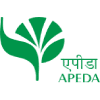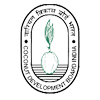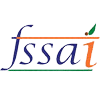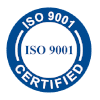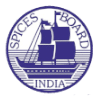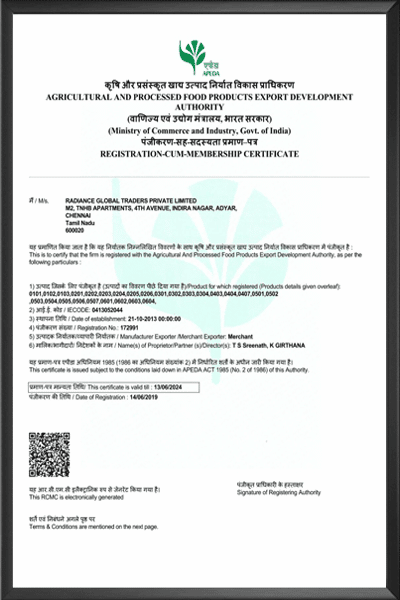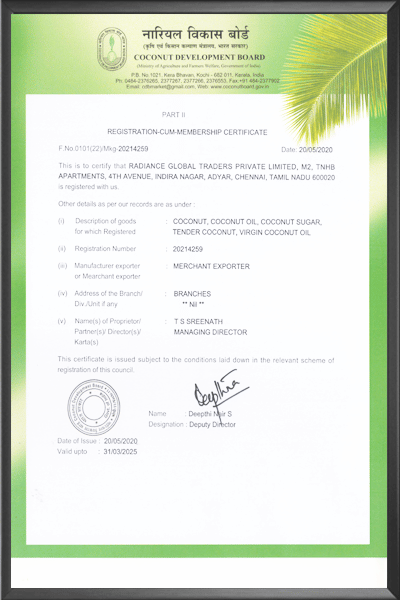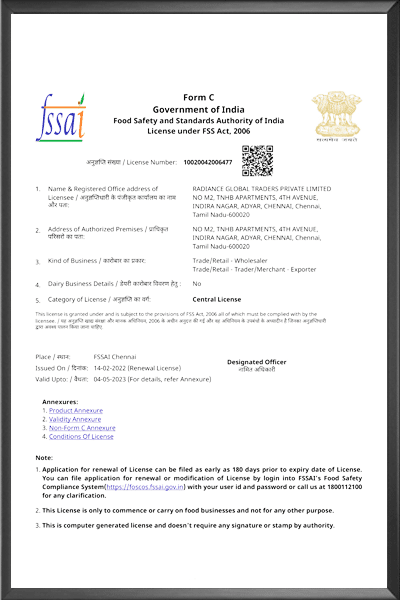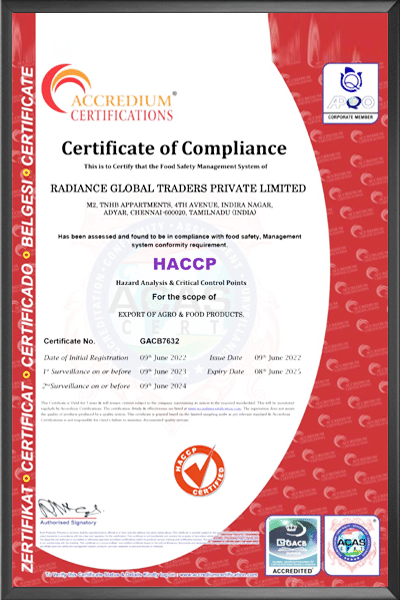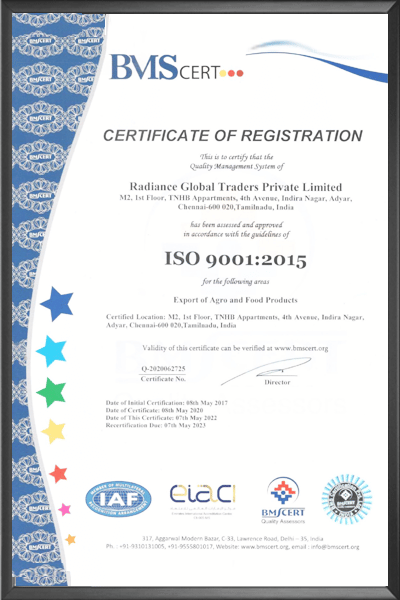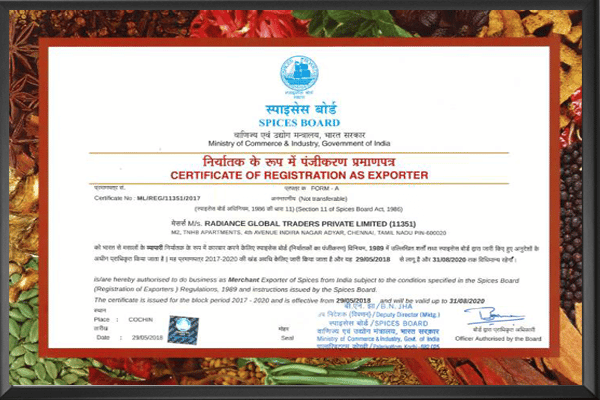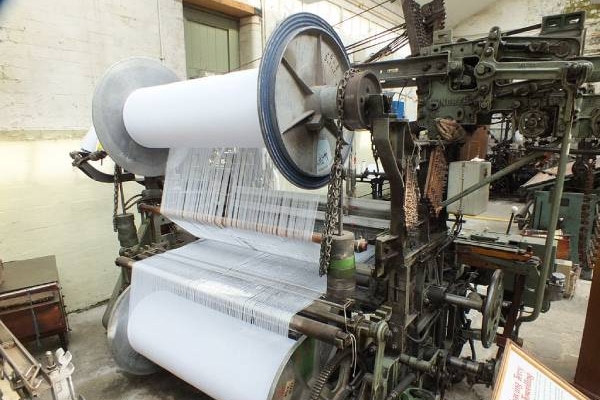Terry Towel
A terry towel is a textile product which is made with pile loops on one or both sides covering the entire ground surface or forming pile strips, pile checks, or other pile patterns (with hemming end or with firm selvedge). Turkish Towelling fabrics structures form a class of warp pile termed terry pile in which certain warp threads form loops or curls on the face of the cloth. We may use one weft and two series of warp threads placed on two warp beams are necessary for the production of this cloth. Cashmere Towels are made of Superior Ring-Spun Quality Yarn. They are soft and luxurious and will provide a sense of comfort to your valued guests. Cashmere Towels are the best choice you will make by balancing luxury and cost. Fibre Raw materials used for terry towels: Cotton, Bamboo, Model, Lyocell, Flax, Synthetics microfibers (polyester, nylon), Cashmere.
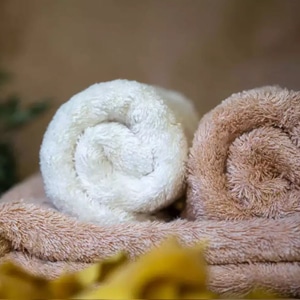
Quality Control
- Quality assurance department plays an important role to monitor, check, and control each manufacturing activity and operation from receiving all raw materials to the final dispatch of products. This is controlled through close supervision and active participation in online process control and offline quality control laboratory. The most common defects found in terry towels are…
- Objectional odors, Holes (two or more broken ends), abrasion marks, Bow, Skew, crease, oil stains, dye stains, miss pick, double picks, sharp pressmark, fiber contamination, dye/bleach shade variations.
- All Towels manufacturing mills need to have a strong quality assurance department that is capable to coordinate with the production line and assist them to provide vital quality productivity information continuously.
- All incoming inputs bought for the manufacturing process are thoroughly examined for their quality parameters as laid down by the production plan before they are used during manufacturing operations.
Caring For Your Towels
- Wash towels at between 40-60°C
- Wash with similar colors or use a color catcher
- Tumble dry towels to keep them soft and fluffy
- Use fabric conditioners sparingly and not in every wash as they decrease absorbency
- Wash separately from garments with zips or trims to avoid snagging
- Shake towels before washing –this opens up the fibers slightly to allow the detergent to sink inside.
GSM
Towels can vary anywhere between 300 GSM and 900 GSM. The lower the number, the lighter and thinner the towel. For instance:
300-400 GSM – In this weight category the towels are lighter and thinner. Depending on its use, a lower GSM for the towels is manufactured for a gym towel or a kitchen towel. A lightweight, shared beach towel might be around 350 GSM. Medium weight is 400-600 GSM. This weight is great for beach towels, bath towels, guest towels and so forth. Each consecutive gram weight –400, 500, 600– gets a little heavier, and a little more absorbent.
600-900 GSM – This is a premium, luxury weight. The towel will be denser, heavier, more absorbent. It will probably take a little longer to dry.
Packaging & Load-Ability
Minimum Order Quantity : 1 x 20ft Container
Load-Ability: 24 MT in a 20 ft Container
Supply Capacity: 5 to 10 containers/month.
| TYPES OF BATH TOWELS | ||
|---|---|---|
| Towel type | Size | Best Uses |
| Bath Towel | From 27″ x 52″ to 30″ x 58″ | Small bathrooms Kids’ bathrooms Guest bathrooms |
| Bath Sheet | From 35″ x 60″ to 40″ x 70″ | Master bathrooms Large bathrooms |
| Hand Towel | From 16″ x 28″ to 18″ x 30″ | Any bathroom Powder room |
| Finger Towel | 11″ x 18″ | Small bathroom Powder room |
| Washcloth | About 13″ x 13″ | Showers and bathtubs |
The Manufacturing Process of Terry Towels
Spinning
- Mixing of fibers is formulated as per the required plan and is subjected to required atmospheric conditions before they are passed through the blow room line. Here strict mill mixing plan is being followed. According to the mix plan selection of machines to process and their machine settings are made before mixing is allowed to pass through the blow room line.
- Once planned results in the blow room process are accomplished then these fibers are passed directly through chute feeding to well-set carding machines and fibers are converted into slivers.
- These carding slivers are tested for various technological parameters before they are passed to the next process Drawing frames. These draw frames are set as per the working plan and slivers are passed through for effective blending and parallelization of fibers. Draw frame slivers are tested for parameters and if passed they are further processed. Draw frame slivers may be semi-combed and then again passed through draw frames before they are fed to roving frames (Speed frame).
- Slivers are converted to rovings of specified hank as per the spinning plan. Thereafter these roving bobbins are fed to ring frames well set with technological parameters as per the spinning plan where they are converted to particular yarn counts to be used for terry towels.
- These ring bobbins are fed to automatic winding machines where the yarn is converted to packages. These winding machines are also set for different settings required as per the spinning plan.
- Whenever double yarns are needed for weaving terry towels the single yarns are processed on TFO machines to convert them to double yarns with a defined twist factor and direction of the twist as required for towels.
Preparation of spinning plan is very critical and needs a lot of knowledge and understanding of spinning technology. The application of this spinning plan determines yarn parameters and yarn quality and hence needs close supervision from process control and quality control laboratory.
Weaving
Yarn packages are assembled on warping creel as per the construction plan, required tensions are set on each yarn package and are processed on sectional or direct warping machines depending on whether single/double yarns are used.
All machine settings and machine speed is set as per the instruction sheets of the weaving plan. All warping sets made from single yarns are processed on sizing machines where a starch coating is applied on individual threads to make them weave able on weaving machines. Double yarns sets may or may not be passed through sizing machines. Single-sized beams and double-sized or unsized beams are taken to drawing in the department and beams are drawn as per the drawing in the weaving plan to make them ready to load on weaving machines.
Loading of beams is a high skill job that is to be carried out under the close supervision of weaving staff.
Before machines are loaded on weaving machines, machines are to be well set, and speeds adjusted as per an article by experienced, skilled, and qualified weaving staff. The use of machine setting sheets as per the weaving set plan is essential and important before the machine is set for production. Process control staff and weaving senior staff have to monitor the initial production of a few towels and inspect the machine and off the machine, the various parameters of the towel should exactly match the weaving plan. Once passed the machine is allowed to go into production.
Mechanism of terry weave in terry fabric manufacturing, two sheets of warp threads run simultaneously, of which, one is kept under normal tension and the other is kept under loose tension. The threads of the normal-tension warp sheets are for the ground and the threads of loose tension warp sheets are for the pile.
Bleaching
Reaction time and machine speed have to be set as per the process plan prepared after considering all activity factors. After the roll is bleached it is sent to washing machines and washed thoroughly so that no trace of chemicals remains on the fabric. Then these rolls are dried and sent to Dyehouse. All procedural requirements are followed so that the rolls can be identified at any stage during processing and in storage.
Dyeing
It is sent to washing machines and washed thoroughly so that no trace of chemicals and loose dye particles remain on the fabric. Then these rolls are dried on an air-drying machine and sent to folding cutting/folding and packaging department. All procedural requirements are followed so that the rolls can be identified at any stage to avoid mix-ups during processing and in final storage.
Cutting, folding, and packaging
Instruction techniques to follow are for visual inspection
Step 1: is to open these rolls and are cut as per instruction sheets
Step 2: is to stitch / ham towels
Step 3: Each towel stitched is inspected by a quality inspector attached to a respective table. He has to ensure defect-free towel on both sides, the label for passing and sent to the final inspection table. The rejected towels are to be kept separately for operational departmental inspection
Step 4: Final inspection by a senior inspector passed, labeled and sent for final packaging and dispatching. Rejected towels are kept separately.
| Weight | Production | Finishing | Weft Pick Count Per Pile Loop | Pile Presence on Fabric Surfaces |
| Very heavy (>550 g/m2) | Woven | Velour Towel | Two-pick Terry | One side pile |
| Heavy (450-550 g/m2) | Weft Knitted | Printed Towel | Three-pick Terry | Both side pile |
| Medium (350-450 g/m2) | Warp Knitted | Towel with Embroidery | Four-pick Terry | |
| Light (250-350 g/m2) | Towel with appliques | Five-pick Terryy | ||
| Six-pick Terry | ||||
| Seven (or more)-pick Terry |

